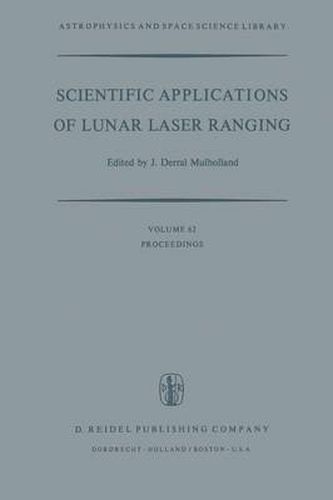Readings Newsletter
Become a Readings Member to make your shopping experience even easier.
Sign in or sign up for free!
You’re not far away from qualifying for FREE standard shipping within Australia
You’ve qualified for FREE standard shipping within Australia
The cart is loading…






This title is printed to order. This book may have been self-published. If so, we cannot guarantee the quality of the content. In the main most books will have gone through the editing process however some may not. We therefore suggest that you be aware of this before ordering this book. If in doubt check either the author or publisher’s details as we are unable to accept any returns unless they are faulty. Please contact us if you have any questions.
The progress of science during the past centuries has been in some measure energized by the development of new technologies. People are no more intelligent now than they were five centuries ago, or indeed five millenia ago. The differences are in the pool of past experience and the availability of means for manipulating the physical and mental environment. Until fairly recently, the development of new technologies in astronomy and geodesy has served primarily either to broaden the scope of phenomena that could be studied or to improve the precision with which one could examine already-studied phenomena. There seemed to be no likelihood that a situation could arise similar to that in particle physics, where the uncertainty principle indicates that the observation of the state of an object alters that state, affecting the observation. Indeed, we have not yet reached that point, but certain of the new techniques have introduced a degree of complication and inter dependence perhaps not previously encountered in the macro sciences. When observational capability is so fine that the data can be corrupted by the tidal motions of the instruments, for example, then there are a myriad of physical effects that must be considered in analyzing the data; the happy aspect of this is that the data can be used to study exactly these same effects. The complication does not, however, extend only to predictive computations against which the data are compared.
$9.00 standard shipping within Australia
FREE standard shipping within Australia for orders over $100.00
Express & International shipping calculated at checkout
This title is printed to order. This book may have been self-published. If so, we cannot guarantee the quality of the content. In the main most books will have gone through the editing process however some may not. We therefore suggest that you be aware of this before ordering this book. If in doubt check either the author or publisher’s details as we are unable to accept any returns unless they are faulty. Please contact us if you have any questions.
The progress of science during the past centuries has been in some measure energized by the development of new technologies. People are no more intelligent now than they were five centuries ago, or indeed five millenia ago. The differences are in the pool of past experience and the availability of means for manipulating the physical and mental environment. Until fairly recently, the development of new technologies in astronomy and geodesy has served primarily either to broaden the scope of phenomena that could be studied or to improve the precision with which one could examine already-studied phenomena. There seemed to be no likelihood that a situation could arise similar to that in particle physics, where the uncertainty principle indicates that the observation of the state of an object alters that state, affecting the observation. Indeed, we have not yet reached that point, but certain of the new techniques have introduced a degree of complication and inter dependence perhaps not previously encountered in the macro sciences. When observational capability is so fine that the data can be corrupted by the tidal motions of the instruments, for example, then there are a myriad of physical effects that must be considered in analyzing the data; the happy aspect of this is that the data can be used to study exactly these same effects. The complication does not, however, extend only to predictive computations against which the data are compared.